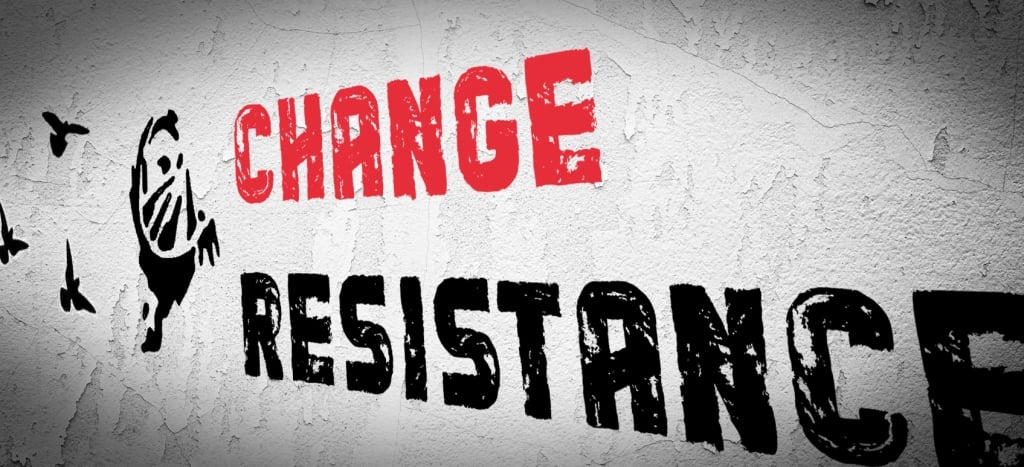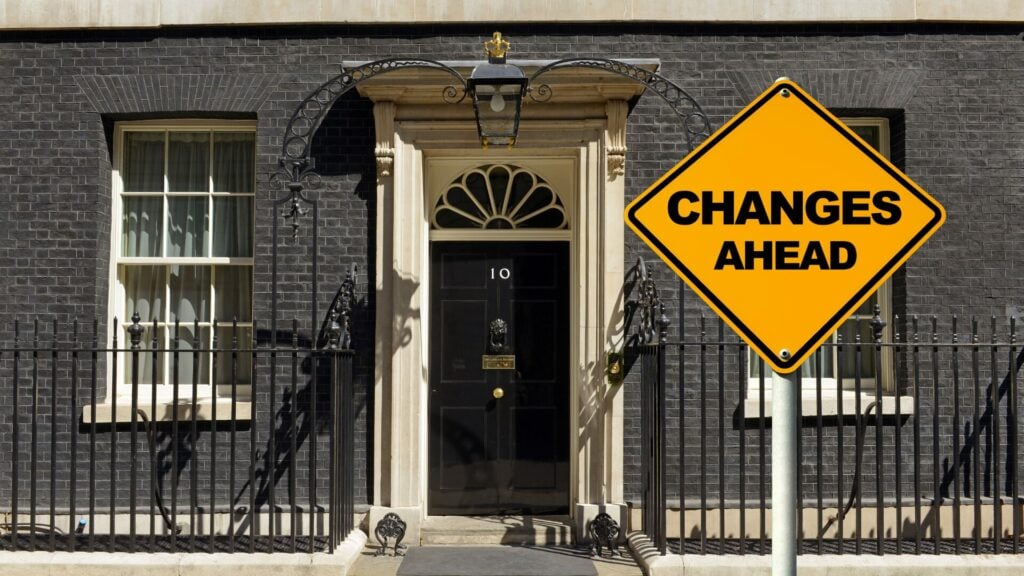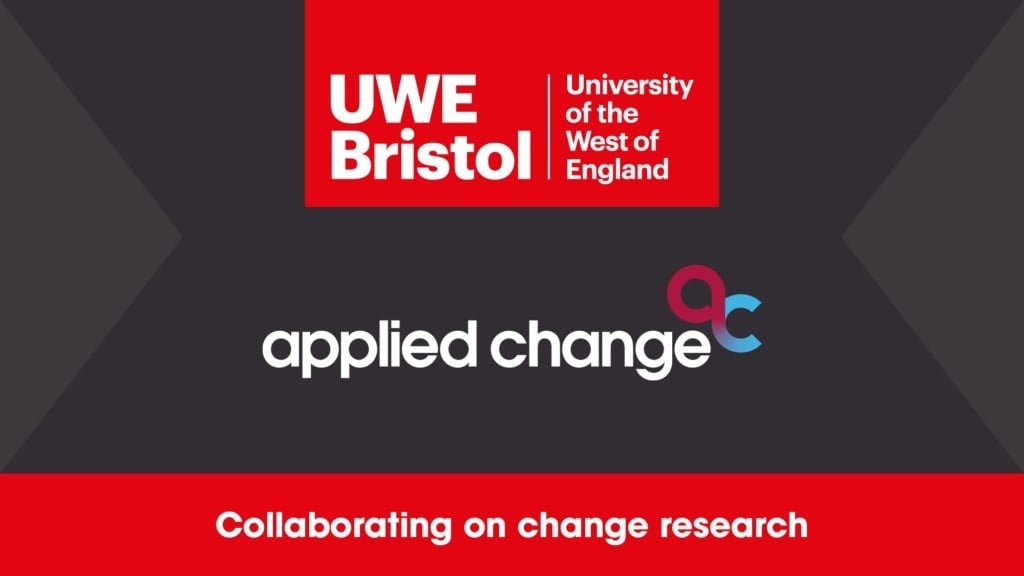Knowing vs Doing
You may have noticed that knowing the right thing is not the same as doing the right thing? Whether it’s eating well, exercising enough, spending enough time with our family, getting enough sleep, being more productive, spending less time being distracted on social media. The list goes on…
If it were the case that knowing right answer is the same as doing the right thing then none of the above would be true.
We wouldn’t still be battling with greenhouse gas emissions and other sustainability issues after 50 years of trying to sort it out. It wouldn’t be the case that 70% of business changes fail to meet expectations, go wildly over budget and take far longer than expected. Far fewer businesses would be failing simply because they couldn’t adapt quickly enough to changes in their markets. We’d also all lead a much healthier lifestyle and obesity wouldn’t be linked to the number of deaths worldwide that it is today.
Put simply, knowing that we need to change isn’t enough. We have to be ready to change.
A Change. In Research.
The good news is that there’s an increasing amount of research being done into organisational change, including the factors that lead to successful outcomes. The bad news is that the sheer volume of information and the many different change management models makes it often appear overwhelming and confusing.
Knowing that we have to change is one thing. Actually changing is another, and we need to be ready for it.
At its core, change readiness is simply getting everything in place to set ourselves up for success. It’s boosting the odds in our favour, by using the huge body of knowledge that exists to our advantage to give us the edge.
Evidence shows that organisations who understand and acknowledge change readiness factors are able to adapt much more quickly than businesses who don’t. In addition to this, negative workplace stress is typically much lower, resulting in a much greater sense of wellbeing within the workplace.
How we feel about change
It’s useful to remember that each of us tends to see things differently, based upon our own values, our situation, our biases and our understanding of the situation, which is often less complete than we think.
When making changes it’s important to remember that and to recognise that each of us will perceive a given change in a way that is unique to us and our own circumstances. We may feel that the change will be better for us in some way, we may feel that we will be worse off, we may disagree with the chosen direction. And the really interesting part is that different people can feel all these things about the same change. Some may love it and feel excited by it whilst others may fear the consequences and therefore tend to resist it.
This means that we can’t just assume we know how people are feeling because we probably don’t. So we need a way to find out and to ask the right questions in a useful way.
How do you Assess Change Readiness?
Whilst the pandemic has brushed up all of our remote meeting skills, most of us can agree that there’s nothing quite like a real life meeting that’s open for discussion and debate about any proposed change.
Of course there is no substitute for a face to face meeting with each of those involved in and/or affected by the change where we discuss openly the situation, what’s changing and how the other person feels about it. The challenge is, whilst great in theory, this approach poses a few points of consideration:
- What if there are higher numbers of people, say 50, 500 or 5000?
- What kind of questions should we be asking?
- How will we take on board whatever we learn?
- Will the other person be comfortable sharing in the environment of a face to face meeting?
This is where a tool can help as part of a change engagement strategy. Change Journey Navigator uses a quick and easy survey to ask the kind of questions that are often missed when it comes to a change project. The fact that it’s confidential also means the participants can be more frank and honest with their responses.
We would recommend assessing against five key themes:
- Their level of motivation or desire to change.
- Their perceived downsides, risks or other obstacles working against the change.
- The extent to which it feels achievable and they can see the journey, the next steps and progress as it happens.
- Their confidence in the ability of the organisation to permanently embed the changes into enduring habits, behaviours and company culture.
- Their view on the extent to which the leaders continually evaluate and are ready to listen and respond without bias or blame.
This assessment process has been created as a way to calculate the level of engagement and therefore the extent of change readiness using these five themes as a framework to start with. We then break the responses down into a number of sub-themes that include practical, actionable strategies that can be applied quickly to address each one. This will then mean the reasons for disengagement can be fully understood and explored.
The five themes and the Change Journey Navigator have both been developed in collaboration with the UWE Psychological Sciences team in Bristol. They combine the latest in behavioural research, along with our own experience of change in a wide range of different organisations and sectors – also building upon existing well-known change models (e.g. ADKAR, Kotter’s 8 Steps, McKinsey 7-S, Lewin, Kubler-Ross’ Change Curve and Nudge Theory).
How do you calculate readiness for change?
The easiest way to assess readiness for a change is to use a purpose built change readiness assessment tool
Assessment tools use a specifically designed set of questions to capture the feelings and perceptions of those involved in and those affected by the change being assessed. The responses are used, along with the latest behavioural research and change best practice, to predict the level of engagement and thereby the likelihood of positive change outcomes. Most importantly the insights should point to specific actions that can be taken to improve engagement and thereby increase the likelihood of a good outcome.
We see this approach as an essential part of any important change and complements the more traditional change management approaches typically used in organisations. It’s a way of measuring their effectiveness, so that approaches can be adjusted based on real data rather than instinct alone.
What are the different types of change?
It’s very easy to see all changes as the same and therefore to try to apply similar approaches to each. The reality however is something quite different so we thought we’d give our view on the different types of change we typically see within organisations. There are many different classifications in use but they typically all fall into these three:
1. Business as Usual Change
Some changes are part of the normal activities of a business, such as releasing new products or onboarding new customers. These tend to be regular, maybe every month, every week or even daily in some cases. They are highly repeatable and well proven so many in the business would just see them as part of their normal job.
2. Operational Changes or Enhancements
Slightly less regular changes may be in response to taking on a new customer with special requirements or improving the ways of working whilst keeping what the business does and how it serves its customers broadly similar.
Typically they happen less frequently and may also include improving or replacing IT systems or making organisational changes. These can be quite large, even global in scale and can have a significant behavioural change element as well.
3. Transformational Change
Transformational change, as the name suggests, involves a fundamental change to what the business does and how it delivers value to its customers. General consensus here is that at least 40% of the business is doing something completely new that it’s not done before. An example would be a book publishing company that changes its business model from being purely physical (books) to 50% digital and online and subscription based. This requires a fundamental behaviour and mindset shift by everyone involved and therefore a different approach to delivering it.
Whilst all types of change follow a similar pattern, most of what we’ve discussed above would apply mainly to 2 and 3.








